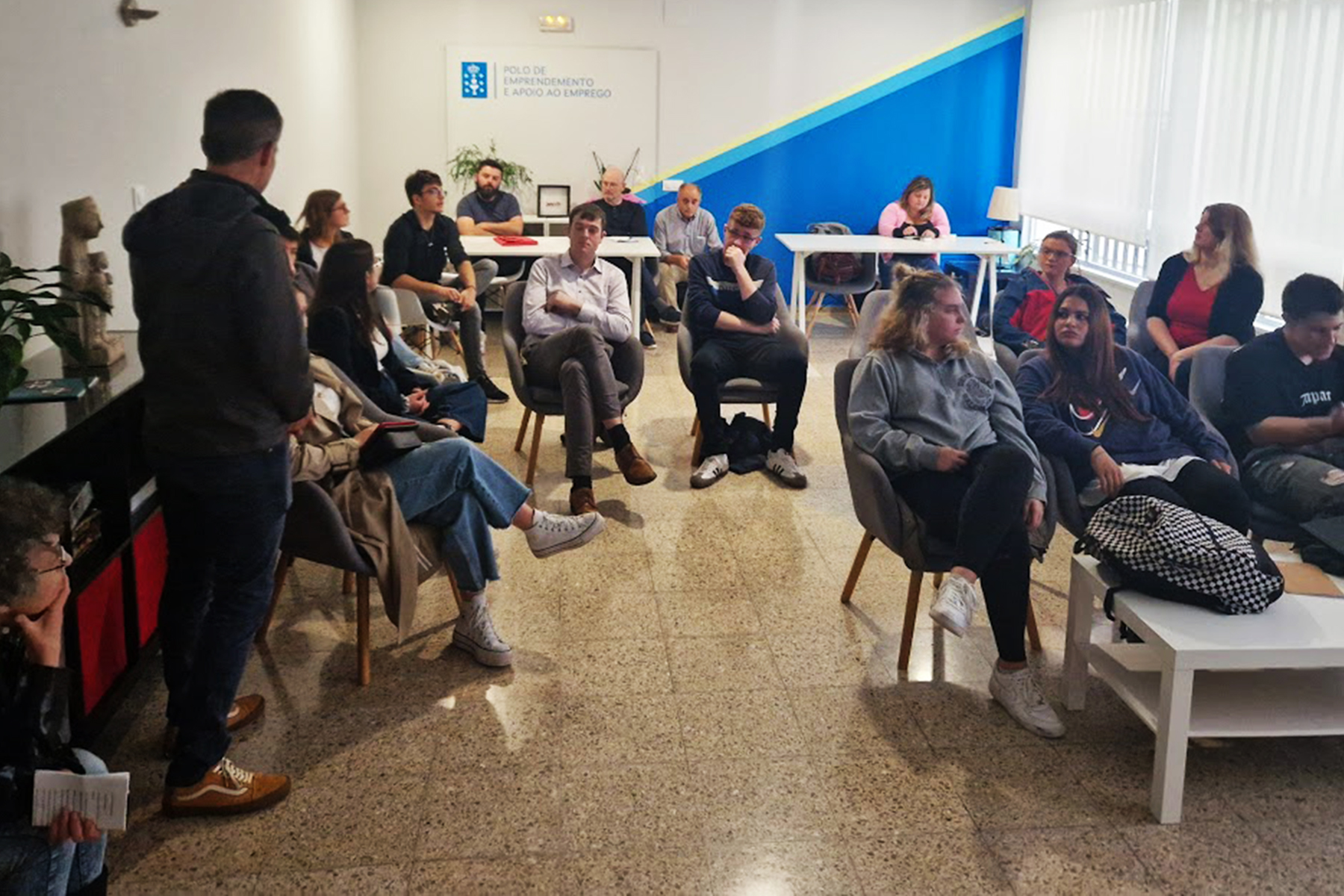Successful ICOS Young Farmers study trips to Europe-participants visit co-operatives and farms in Poland, Spain and Portugal

The 2023/24 ICOS Young Farmer Course trips took place in October and November of 2024. Five
participants from the course travelled to Poznan (Poland), Galicia (Spain) and Lisbon (Portugal). The
participants that travelled were young farmers who are also suppliers to Tirlán, Dairygold and Aurivo.
The trip to Poznan focused on how co-operatives can promote and facilitate rural development. On
the trip to Santiago de Compostella the group was introduced to a dairy co-operative sector with a
slightly different focus to Ireland’s. Given their proximity to a large domestic market for their milk,
Galician dairy co-operatives can provide an interesting set of on-farm services alongside processing,
right down to feeding cows!
Among the group that travelled was Miriam Gunn who farms with her husband Michael, their four
children and Michael’s parents Kevin and Eileen in Strokestown, Co Roscommon. Miriam writes a
weekly column for the Farming Independent and following the visit she wrote:
“We visited the Aira Co-op in Galicia, which has 2,900 members and 1,200 farms. They collect
360 million litres of milk and have the largest feed factory for dairy feed in Spain, producing
234Mt of feed.
This co-op is much more involved in the running of the farms and provides many more
services than our co-ops provide here.
The co-op soil-samples most of its member farms every three years, adding the information to
a detailed data base. The co-op uses the data to choose, buy and spread the correct fertiliser
for each farm for the crop being produced — generally maize, with some grass silage and hay.
This has many advantages for the farmer: it eliminates the need to do nutrient management
plans; the co-op’s bulk-buying of all the fertiliser reduces cost; and the farmer doesn’t need to
have the machinery or the labour time to spread it.
The co-op also runs a fleet of harvesting machinery, with 11 harvesters and 35 tractors and
trailers, replacing the contractor.
They offer two options: the co-op can buy the feed from the farmer, or make silage pits on the
farm.
So what happens if the farmer has sold all of their silage to the co-op? Well yet again the co-op
steps in: they offer a feeding service. They run a fleet of 22 self-propelled diet feeders feeding
over 30,000 cows per day with TMR, which is developed by the co-op nutritionists for each
farm’s need.
The cows are housed all year round and the farmers who sell their feed bus back the TMR; or
those who choose to keep their feed on their farm can still avail of the feeding service and the
ration is mixed by the co-op onsite.
The first question on our group’s lips was ‘what about the cost?’ The co-op does not run these
services to the farmers as a profit-making business — they only cover their costs.